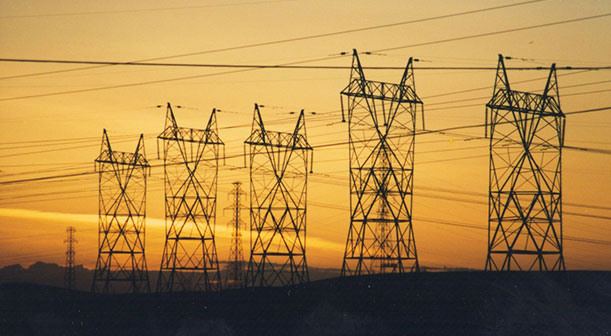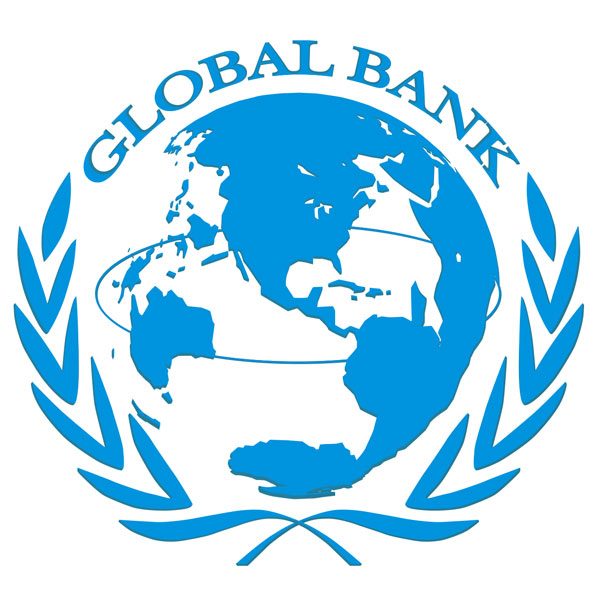Effective Post-Disaster Reconstruction of Infrastructure

Investing in resilient infrastructure
Public and private investment in disaster risk prevention and reduction through structural and non-structural measures are essential to enhance the economic, social, health and cultural resilience of persons, communities, countries and their assets, as well as the environment. These can be drivers of innovation, growth and job creation. Such measures are cost-effective and instrumental to save lives, prevent and reduce losses and ensure effective recovery and rehabilitation. The objective of the Global Bank Disaster Risk Reduction and Reconstruction Fund – An Umbrella Trust Fund (the “Trust Fund,” “GB DRRRF,” or “DRRRF”) in infrastructure is to improve alignment and coordination between established and new infrastructure initiatives. As well as among multilateral and national development banks, national institutions, and the private sector, to bridge the ‘infrastructure investment gap’ and to facilitate the implementation of sustainable, accessible and resilient infrastructure, particularly for developing countries.
Climate change presents enormous challenges, and opportunities, for development, making it essential that climate and development be tackled in an integrated way. The world needs to feed 9 billion people by 2050 while reducing emissions, increasing carbon sinks, and ensuring climate-resilient food security. It needs to provide affordable energy access to the 1.1 billion people worldwide who still live without electricity while keeping emissions to a minimum and managing a transition away from fossil fuels. New research suggests that over 4 billion people already experience severe water scarcity during some part of the year, and climate change will increase water stress in many regions. Countries will have to provide access to mobility using resilient and low-carbon transport modes and systems. Cities will have to welcome 2 billion new urban dwellers with livable, energy- efficient dwellings, low-carbon transport, good jobs, and appropriate access to services while reducing vulnerability to climate shocks. Populations need to be protected against natural disasters and climate-related diseases, even as hazards are expected to increase in frequency and intensity over time. And $90 trillion in low-carbon, climate-resilient infrastructure investment will be needed by 2030—mostly in developing countries. Building more resilient infrastructure is essential to adapting to climate change, but is also likely to increase upfront costs, even though it will be cost-effective in the longer run.
When an extreme environmental hazard strikes, infrastructure can be a deciding factor in whether or not the situation becomes a disaster. Roads, for example, can provide access to supply relief aid to affected communities quickly; but if roads are destroyed, entire regions can be cut off from support.
Critical infrastructure
Critical infrastructure provides the essential services that underpin society. Proactive and coordinated efforts are necessary to strengthen and maintain secure, functioning, and resilient critical infrastructure – including assets, networks, and systems – that are vital to public confidence and the safety, prosperity, and well-being.
Critical infrastructure is diverse and complex. It includes distributed networks, varied organizational structures and operating models (including multinational ownership), interdependent functions and systems in both the physical space and cyberspace, and governance constructs that involve multi-level authorities, responsibilities, and regulations. Critical infrastructure must be secure and able to withstand and rapidly recover from all hazards. Achieving this will require integration with the national preparedness system across prevention, protection, mitigation, response, and recovery.
Critical infrastructure is of particular relevance to crises and disasters. The Federal Office of Civil Protection and Disaster Assistance states (BBK 2016): “Critical infrastructures are organizational and physical structures and facilities of such vital importance to a nation’s society and economy that their failure or degradation would result in sustained supply shortages, significant disruption of public safety and security, or other dramatic consequences.” The Federal Office distinguishes nine sectors:
- Energy: electricity, gas, oil
- Information technology and telecommunication
- Transport and traffic: air transport, maritime transport, inland waterways transport, rail transport, road transport, logistics
- Health: medical services, pharmaceuticals and vaccines, laboratories
- Water: public water supply, public sewage disposal
- Food: food industry, food trade
- Finance and insurance: banks, stock exchanges, insurance companies, financial service providers
- State and administration: government and public administration, parliament, judicial bodies, emergency/rescue services including civil protection
- Media and culture: broadcasting (television and radio), print and electronic media,
- cultural property, structures of symbolic
- meaning.
Critical infrastructure makes societies vulnerable, whether through disasters, conflicts, accidents or terrorist attacks. Sometimes considerable interdependencies between the sectors mentioned above can further exacerbate this, resulting in so-called domino effects. The breakdown of one sector can lead to disturbances and failures in other sectors and trigger a cascade of failures or damage. Since the energy and service sectors have become more and more privatized and globalized, the private-sector economic interests and constraints this entails are leading to further risks. The lack of redundancies and emergency capacities, e.g., in power supplies or information and telecommunication systems, warrant particular mention here. On the other hand, the bulk of this critical infrastructure is required for providing functional logistics, including humanitarian logistics. For example, both information and communication, as well as transport networks and functioning government structures, are basic prerequisites for good support in a crisis or disaster situation.
DRRRF Investing in resilient infrastructure The Global Bank Disaster Risk Reduction and Reconstruction Trust Fund – An Umbrella Trust Fund helps strengthen the security and resilience of critical infrastructure, for the continuity of essential national functions, and to organize itself to partner effectively with and add value to the security and resilience efforts of critical infrastructure owners and operators.
The Global Bank Disaster Risk Reduction and Reconstruction Trust Fund – An Umbrella Trust Fund helps strengthen the security and resilience of critical infrastructure, for the continuity of essential national functions, and to organize itself to partner effectively with and add value to the security and resilience efforts of critical infrastructure owners and operators.
The Global Bank Disaster Risk Reduction and Reconstruction Trust Fund will prepare projects in a manner that fits the developmental-driven mandate of Global Bank in the infrastructure sector, namely, to deliver outcomes focused on commercialised approaches, private sector participation, strong environmental and social standards and energy efficiency improvements across the sector.
Effective Post-Disaster
Reconstruction of Infrastructure
The Global Bank Disaster Risk Reduction and Reconstruction Fund – An Umbrella Trust Fund, in collaboration with the Global Bank, long-term sovereign lending institution, and the Global Finance and Investment Corporation, the long-term non-sovereign lending institution of the Global Bank Group (the ‘GB Group”) – and in the context of the Bank Group’s Forward Look, has drawn up plans to support the global climate goals emanating from the Sendai Framework, Sustainable Development Goals (SDGs), and the Global Climate Agreement in Paris during COP21. In the Global Bank Disaster Risk Reduction and Reconstruction Fund, the Global Bank Group will strive to increase the share of adaptation and mitigation co-benefits, improve resilience by further mainstreaming climate change in country programs, encourage investments in climate-smart infrastructure, promote climate-smart cities and agriculture, and further refine and design contingent instruments to deal with disaster risks.
The Global Bank Group is already playing a major role in helping countries develop resilience by mainstreaming short and long-term climate and disaster risks into development planning. Building on the initiatives started in GFIC InfraVenture Fund (InfraVenture), and the Global Bank Infrastructure Project Preparation Facility (GBIPPF), the Global Bank Disaster Risk Reduction and Reconstruction Trust Fund aims at systematically contributed to mainstreaming climate and disaster risks into country strategies, policies, plans, and investments. The multi-sectoral plans in the Global Bank Disaster Risk Reduction and Reconstruction Trust Fund are helping coordination across sectors and are likely to be a basis for advancing climate resilient and low-emissions development globally. Also, GFIC InfraVenture Fund (InfraVenture) and the Global Bank Infrastructure Project Preparation Facility (GBIPPF) will invest significantly in climate-related projects in countries and also leverage public and private capital.
The DRRRF 's infrastructure projects are part of the Global Bank Group's climate-smart infrastructure pipeline, based on Global Bank’s Country Partnership and Strategy and Country Operations Business Plan with the developed and developing countries. The Global Bank Disaster Risk Reduction and Reconstruction Trust Fund project pipeline is confirmed by the respective developed and developing countries through Bank Group's country programming missions, and must also be approved by the DRRRF Management Committee.
To learn more about the Global Bank Disaster Risk Reduction and Reconstruction Fund, What we do and How we do it and Management and Organization, visit the About DRRRF and the Frequently Asked Questions Section of the DRRRF Website Section.
For more information about the Global Bank, what we do and how we do it, please go to the About Us section of the Global Bank Website. http://www.global-bank.org

